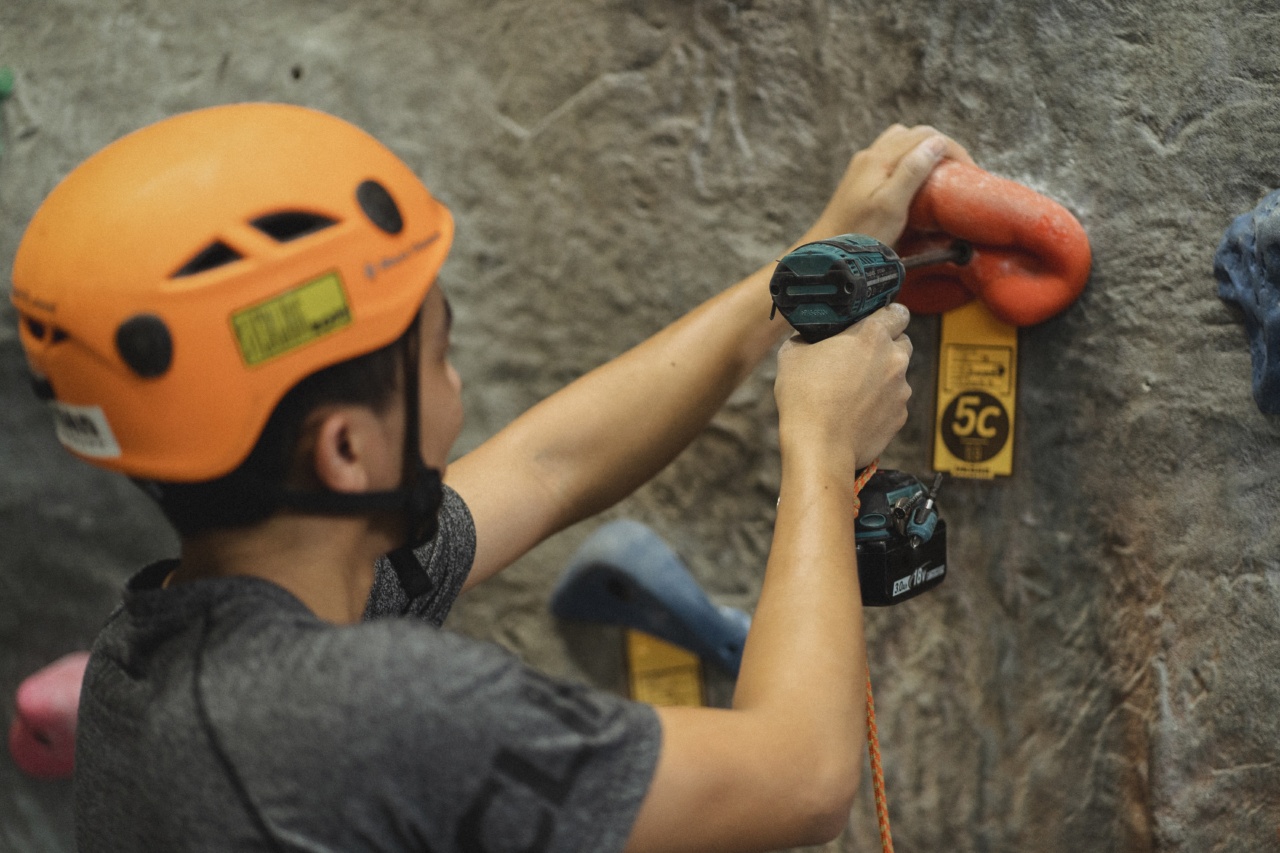Fractures can happen to anyone at any time due to a variety of reasons that range from accidents, injuries, sports, and even natural causes. While fractures are common, they can be quite painful, and the healing process can take a long time.
Traditional methods of fixing fractures involve metal screws, plates, and pins, which can be quite invasive and leave scars.
Recently, there has been a breakthrough in using silk screws to fix fractures. Silk screws are made of the same material as silk threads and have been found to be an effective alternative to metal screws in fixing fractures.
In this article, we will explore how silk screws are used to fix fractures and why they are a promising alternative to metal screws.
How Silk Screws Work
Silk screws work by providing a temporary scaffold for bone cells to grow. The silk material has a unique property that allows it to degrade naturally over time, leaving no residue or trace in the body.
As the bone heals, new bone cells grow around the silk screw, effectively integrating it into the skeleton. Once the bone has healed, the silk screw disintegrates, ultimately leaving the bone strong enough to support any weight.
The advantage of using silk screws is that they are biodegradable, which means they do not have to be removed surgically, unlike metal screws. Metal screws have to be removed surgically, which can be quite invasive and traumatic.
Silk screws offer a much less invasive alternative to metal screws.
Advantages of Silk Screws
Silk screws offer many advantages over metal screws. First, they are biodegradable, which means they do not have to be removed surgically, hence avoiding the cost, pain, and trauma associated with surgical removal.
Second, silk screws are made of the same material as silk threads, which gives them a unique strength and flexibility. Silk screws can bend and flex with the body’s movement, making them an ideal alternative to metal screws that can break if they are under too much stress.
Third, silk screws are less likely to cause allergic reactions, unlike metal screws. Allergic reactions to metal screws can cause inflammation, itching, and even life-threatening anaphylaxis in some cases.
Silk screws do not cause allergic reactions and are much safer and practical to use.
Fourth, silk screws are less visible than metal screws, hence offering a better cosmetic outcome. Metal screws can be quite visible, especially if they are used near the skin’s surface.
Silk screws are much less visible, particularly when used in areas where there is minimal subcutaneous tissue.
How Silk Screws Are Used
Silk screws are used in the same way as metal screws to fix fractures. Surgeons insert the silk screw at the site of the fracture, where it functions as a temporary scaffold for bone healing.
The screw remains in the bone until the fracture has fully healed and the silk screw has degraded, leaving the bone strong and stable enough to support any weight.
Silk screws have been used in a variety of applications, including fixing fractures in the hands, wrists, shoulders, hips, and spine. They have also been used to fix fractures in animals, including in dogs, cats, and horses.
Conclusion
Silk screws offer an effective, biodegradable alternative to metal screws in fixing fractures. They have many advantages over metal screws, including being less invasive, less likely to cause allergic reactions, and more flexible.
Silk screws are also less visible than metal screws, making them a better cosmetic option.
Silk screws have been used successfully in a variety of applications, including fixing fractures in humans and animals, and there is a lot of promise in this technology.
In the future, we may see silk screws used more extensively in orthopedics as a safer, more practical alternative to metal screws.






























